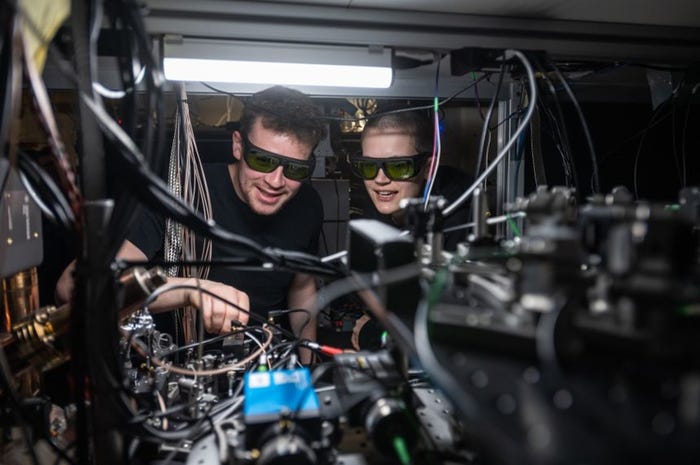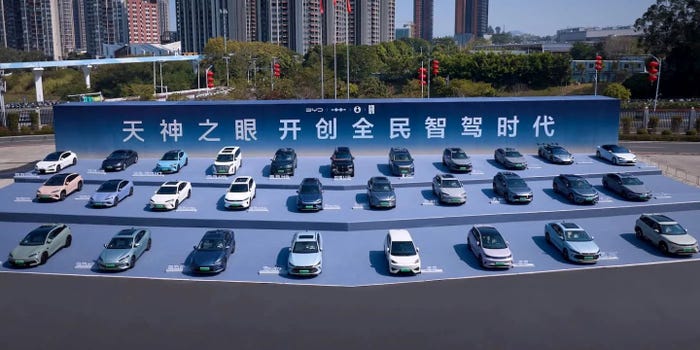Hyundai, Rolls-Royce to Develop Flying CarsHyundai, Rolls-Royce to Develop Flying Cars
The companies are also working to bring a joint fuel-cell electric propulsion system to the market

Hyundai and Rolls-Royce have announced they will work together to bring all-electric propulsion and fuel cell tech to air taxis of the future.
The Korean automaker and British aviation company – a separate entity from the manufacturer of ultra-luxury cars with the same name – have signed a memorandum of understanding (MOU) to collaborate in the Urban Air Mobility (UAM) and Regional Air Mobility (RAM) markets.
The partnership was announced at the Farnborough Air Show in Hampshire, England with the MOU detailing several key aims, including collaboration on the development of power and propulsion systems for Hyundai’s Advanced Air Mobility (AAM) division; collaboration on the industrialization of Rolls-Royce power and propulsion systems for the AAM market; and development of electric propulsion systems based on hydrogen fuel cells as an energy source for Hyundai’s RAM platforms.
Like what you're reading? For more stories like this on emerging technologies, sign up for our free daily email newsletter to stay updated!
Perhaps the most intriguing element, however, is the intention to bring a joint fuel-cell electric propulsion system to the wider AAM market, with a commitment to demo an aircraft featuring the tech by 2025.
Using a hydrogen fuel cell system in an all-electric aircraft propulsion system holds appeal because it is a zero emission, and silent on-board power source that enables scalability and delivers long-distance flight range.
Hyundai has been one of the major advocates of hydrogen fuel cell tech in the automotive world and in 2013 was the first automaker to mass produce a fuel cell electric vehicle with the ix35 FCEV, also known as the Tucson FCEV in some countries. It currently offers the Nexo fuel cell SUV in selected markets.
It has made no secret of its desire to become a major player in AAM, and earlier this year confirmed that a mammoth $5 billion investment in the U.S. would include additional research in this area.
In addition, at the Farnborough show the group’s air mobility company Supernal showed off an eVTOL (electric vertical take-off and landing) concept that was clearly influenced by automotive design. Supernal is aiming to launch commercial services for UAM businesses in U.S. cities by 2028.
“We are pleased to partner with Rolls-Royce to draw upon their aviation and certification expertise,” said Jaiwon Shin, Hyundai Motor Group president. “Hyundai has successfully delivered hydrogen fuel cell systems to the global automotive market and is now exploring the feasibility of electric and hydrogen propulsion technologies for aerospace integration. We believe this to be the key technology to support the global aviation industry’s goal to fly net zero carbon by 2050.”
“This collaboration supports our joint ambitions to lead the way in the Advanced Air Mobility market,” said Rob Watson, president of Rolls-Royce Electrical. “It is also another demonstration of Rolls-Royce’s role in delivering the solutions that will enable passengers to travel sustainably and help deliver net zero carbon by 2050.”
Meanwhile, Hyundai has also agreed to an MOU with French aircraft equipment manufacturer Safran to identify and explore further opportunities in the AAM industry.
Read more about:
Flying CarsAbout the Author
You May Also Like








